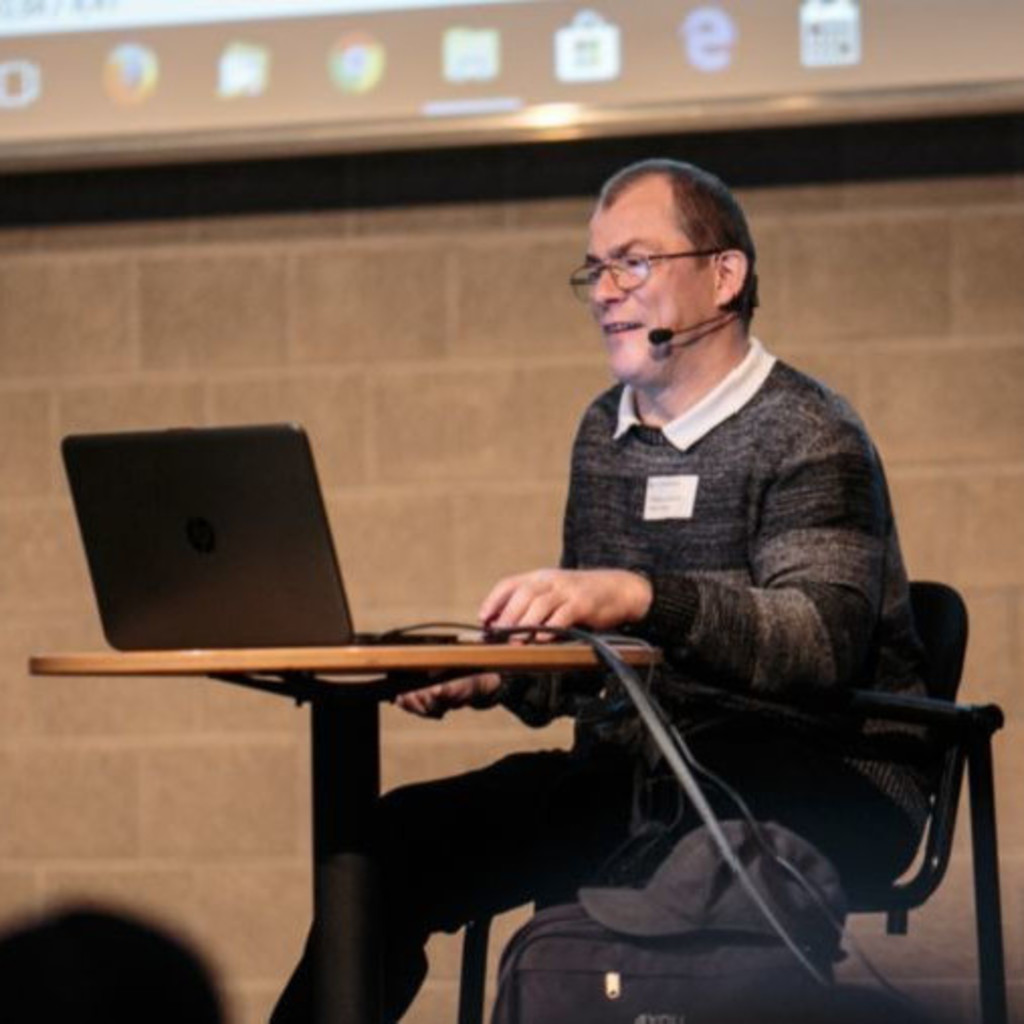


Using and packaging these libraries as needed for the user. In typical cases the build system will handle The shared library for libc++ is libc++_shared.so, and the static Should use APP_CPPFLAGS to add -std=c++17 or whatever they want instead. Ndk-build also leaves the decision to clang by default, so ndk-build users In your CMakeLists.txt file to use C++17 or later features. So you'll need to set the standard CMAKE_CXX_STANDARD to the appropriate value Support in the compiler is orthogonal seeĬMake defaults to whatever version of C++ clang defaults to (currently C++14), (C++20 was previously known as C++2a.) The level of C++ language Note: For full details of the expected level of C++ library support for any Library that has been used by the Android OS since Lollipop, and as of NDK r18

Warning: Using static runtimes can cause unexpected behavior. Libc++ is available as both a static and shared library. Information about these libraries, the tradeoffs involved, and how to use them. Open MainActivity.cs file and replace the existing code with the following lines of code.The NDK supports multiple C++ runtime libraries. Here, we are going to store information and values about the button created above. Next, open the folder values and double-click Strings.xml to open it. In the above code, we have created a new Android textview. Switch from Design View and go to the Source file and type the following lines of code to build your app. On the solution, open Resources → layout → Main.axml file. Next, click the OK button for the new “helloXamarin” project to load. In our case, we name it “helloWorld” and save it in the default location provided. Give an appropriate name for your application. On the Menu dialog box that appears, go to Templates → Visual C# → Android → Blank App (Android). Hello Xamarin! Applicationįirst of all, start a new instance of Visual Studio and go to File → New → Project. In this chapter, we will see how to create a small Android application using Xamarin.


 0 kommentar(er)
0 kommentar(er)
